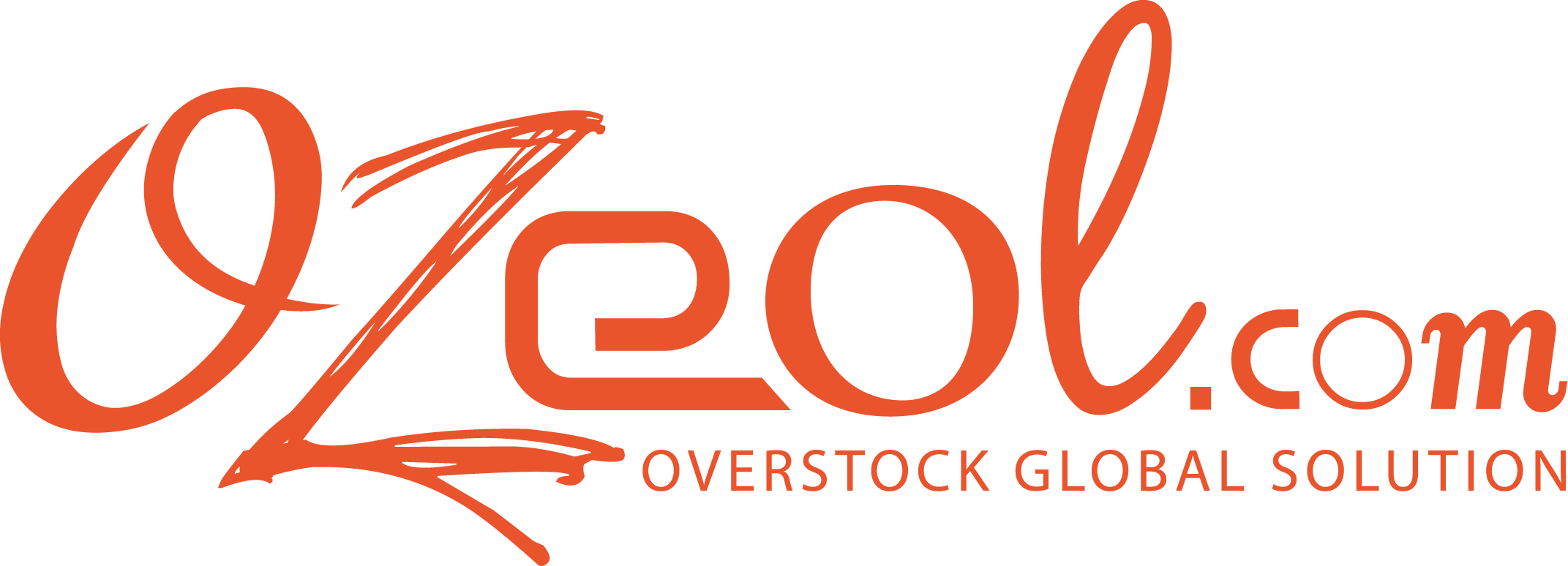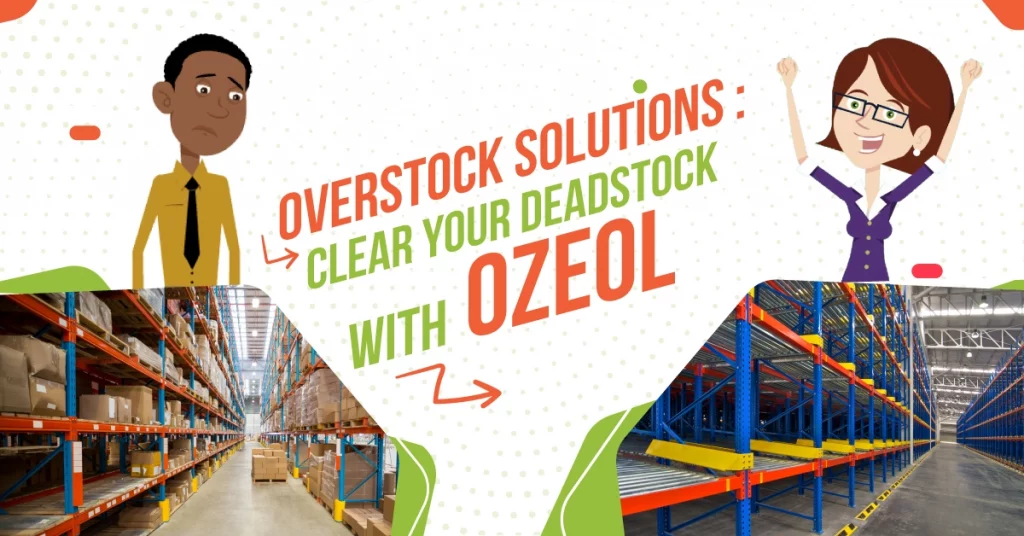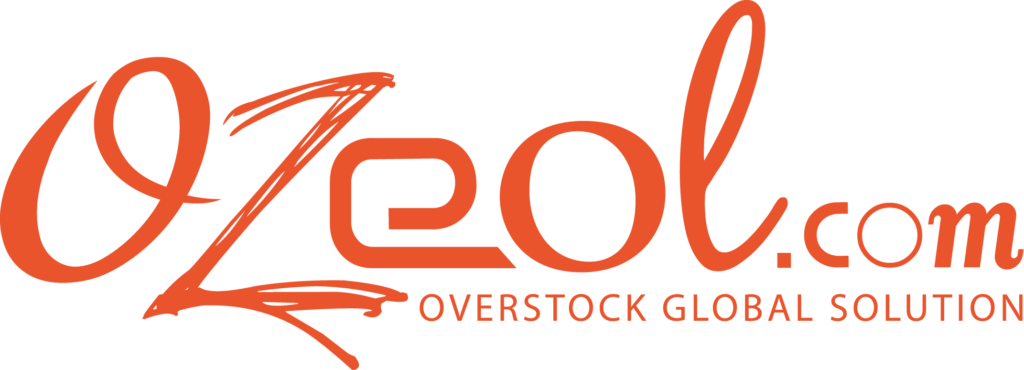What is overstock?
Overstocking, also known as “surplus stock,” occurs when a store purchases more product than it sells.
Over-ordering inventory leaves retailers with too much stock, which is then left on store shelves or in the warehouse, reducing profitability.
What causes overstock?
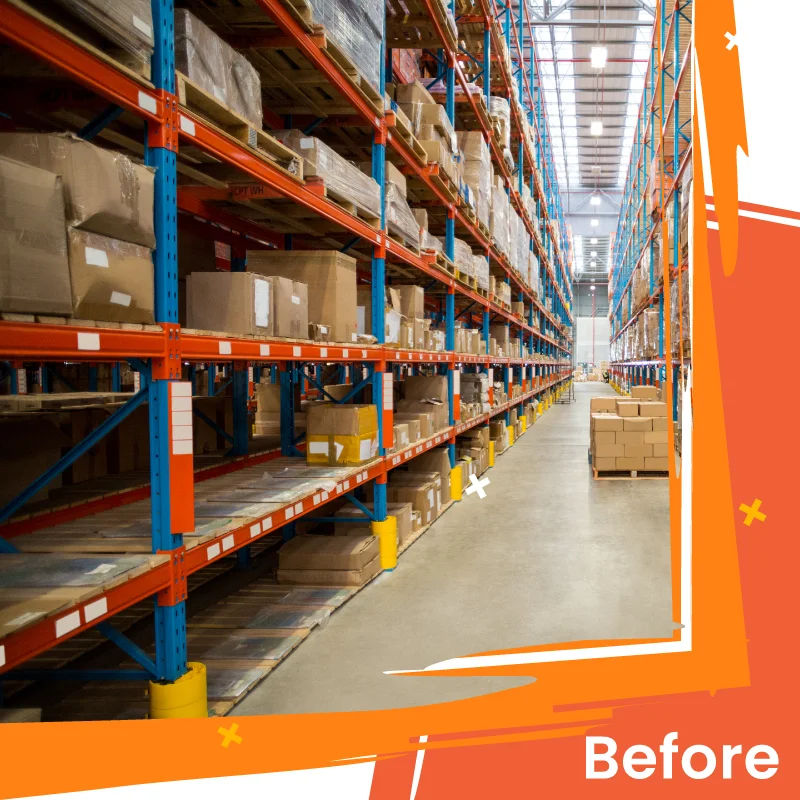
Overstocking has many causes, however, overstock solution can be provided by more careful inventory calculation, planning, and analysis.
The following are the most common causes of inventory overstocking:
1. Miscalculated customer demand
Many retailers are suffering from a lack of information about their customers’ behavior, especially with COVID-19 limiting in-store purchases.
Being unable to answer questions such as “Who is our customer?” and “Are they a repeat customer?” means that many retailers are winging it when it comes to inventory management.
If you can’t tell the difference between new and repeat customers and their purchases as a store owner, you’re leaving a huge gap in your data when it comes to stocking.
Misjudgement of your customers’ demand for your products can result in costly excess stock that sits on your shelves, taking up space that could be used for new products and sales opportunities.
2. Concern about “out-of-stock” items
For good reason, out-of-stocks (OOS) or stockouts are feared. Every year, they cost retailers $1 trillion.
When stores have stockouts or are running low on inventory due to shortages, the effect is amplified. Not only is there a revenue opportunity lost, but there are also long-term costs such as dissatisfied customers, negative brand reputation, and the high cost of rushing replacement goods.
However, retailers must be cautious not to go too far in the opposite direction.
3. Promotional marketing that is ineffective
Marketing can be a very effective tool for engaging customers and promoting your company. However, when store owners rely too heavily on marketing alone to promote their products, it can lead to problems.
If you purchase a large quantity of goods from your vendors, don’t assume that your customers will want to buy it simply because you have a compelling marketing campaign. This is how retailers can end up with unwanted excess inventory.
Customer behavior and previous sales data should drive your vendor purchase decisions. Guesses and assumptions are not acceptable. Otherwise, your store may find itself with an overabundance of immovable goods on its shelves.
4. Ineffective inventory management
The importance of inventory and in-stock items in running a brick-and-mortar retail business cannot be overstated.
When considering how to successfully mitigate overstocking, inventory costs should also be top of mind. Unfortunately, another source of excess stock is a lack of understanding of these critical inventory management aspects.
Purchasing costs, shortage costs, and carrying costs are the three main types of inventory costs.
Carrying costs are the costs of holding or storing your inventory. This can include labor costs, shipping costs, opportunity costs, warehousing or storage costs, and loss due to depreciation over time.
5. Seasonality
Seasonality affects nearly every industry, whether it’s Christmas—a great example of the impact of seasonality in retail—tax season for financial industries, or even planting versus harvest times for green industry businesses.
The question is, do you know which ones affect your store, and do you plan for seasonal buying impacts in terms of stocking?
Retailers who are unprepared, do not price strategically during seasonal buying windows, and do not use multiple channels to promote and sell products during these profitable times, will be left with large amounts of overstock.
6. Making up for supply chain issues
Right now, supply chain disruptions are all too common. The impact of the COVID pandemic on global supply chains affects manufacturers, vendors, retailers, and consumers alike.
The McKinsey Global Institute has released new research that details the costs of various supply chain disruptors as well as the landscape of interconnected supply chain networks in 2020.
Retailers may be tempted to overbuy to compensate for supply chain inconsistencies, resulting in costly overstock. While maintaining on-shelf availability can be difficult, it is critical to have data tools readily available to gather insights from your POS.
These analytics should help your in-store teams make decisions to avoid overstocking and compensate for supply chain delays.
What are the ramifications of overstocking?
Overstocking inventory, regardless of the cause, can cause serious (and costly) problems for your retail store.
After all, when excess inventory consumes valuable time and resources in your retail store, you lose both productivity and profitability.
So, what are the main issues caused by inventory overstocking?
1. Storage expenses
The cost of storage and space is the most immediate and visible impact of stocking too much product.
Overstock prevents the placement of products that could sell by taking up shelving or back-of-store stockroom space. This is a lost opportunity cost that can be difficult to recoup because the need to sell overstock goods quickly often necessitates more time and energy, deeper discounts, and increased expenditure.
2. Invested money
Furthermore, there is money invested in purchasing goods that go out of stock. And that investment will not be recouped until the products are sold.
This starts to snowball as store owners lack the funds needed to replace overstock goods with new products, preventing profitable new product releases.
3. Expiration of the product
Finally, overstocking means risking expiration and product obsolescence in the case of perishable and time-sensitive goods.
The opportunity to sell overstocked items is limited in this case, and time is of the essence. This puts additional pressure on retailers to sell their products at low margins in order to free up resources.
However, these are only the most visible consequences of overstocking.
Additional spending on labor and personnel salaries, time spent repositioning products, the cost of transshipment or transportation of goods or delivery, and the loss of your profit margin are all downstream effects.
Overstock solution
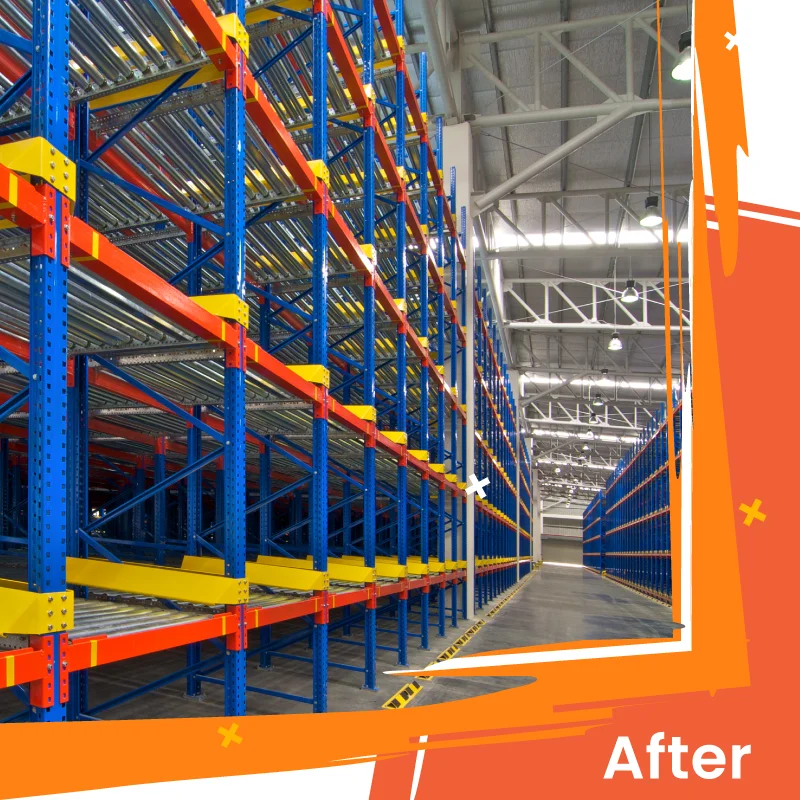
Offering global stock solutions since 2010, Ozeol is a worldwide supplier of B2B products and offers global overstock solution. Ozeol allows you to sell your inventories quickly, reducing storage costs. Some of our experts have over 20 years of experience in global business solutions for production.
We operate internationally in order to identify surplus stock of finished products including end of collection, changes in packaging, surplus stock, canceled orders, 2nd choice, and etc.
Here’s what to expect:
- Fill the supplier form in our website
- An agent will call you and an agreement for the sales price will be made
- We will do a Quality Check
- We take care of the shipment and logistics
- Payment is done
Ozeol.com – Global overstock solution

 Canada
Canada Taiwan
Taiwan USA
USA Colombia
Colombia Vietnam
Vietnam India
India Bangladesh
Bangladesh Tunisia
Tunisia